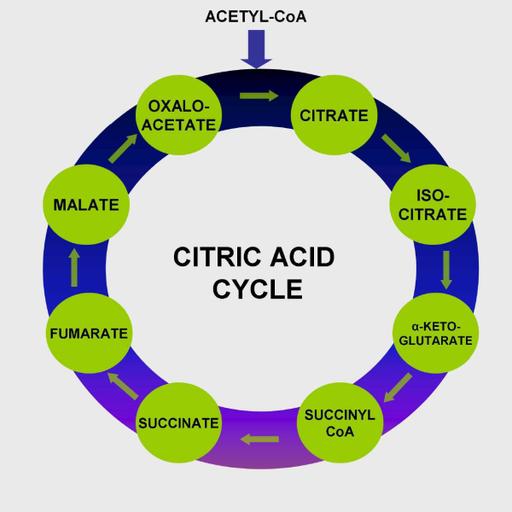Krebs Cycle
Presentations | English
Krebs cycle is the cycle of chemical reactions that are the major source of energy in living organisms. The Krebs cycle is named after its discoverer, Hans Krebs. It is also known as the citric acid cycle or the tricarboxylic acid cycle and is one of the most important reaction sequences in biochemistry. In eukaryotes, the citric acid cycle takes place in the matrix of the mitochondria, just like the conversion of pyruvate to acetyl CoA. In prokaryotes, these steps both take place in the cytoplasm. The molecules that are produced in these reactions can be used as building blocks for a large number of important processes, including the synthesis of fatty acids, steroids, cholesterol, amino acids for building proteins and the purines and pyrimidines used in the synthesis of DNA. There are eight steps in a Kerbs cycle. The Krebs cycle involves a series of enzyme catalysed reaction that reduce the acetyl portion of acetyl coenzyme A in the mitochondrial matrix. The waste product, in the form of carbon dioxide, is also produced in this reaction.

15.25
Lumens
PPTX (61 Slides)
Krebs Cycle
Presentations | English
